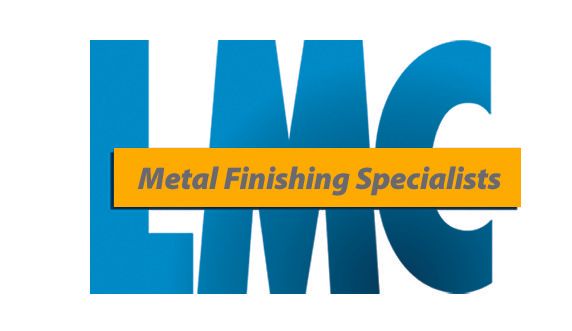Automotive Metal Finishing
Get Your Quote
Automotive parts endure a significant amount of wear and tear over time. Throw in the fact that many automotive components also regularly come into contact with oil, water, and materials, and all of these factors can accelerate wear and tear. Noting all of this, the importance of high-quality metal finishing is critical to a long-lasting, effective part - whether it's under the hood, part of the chassis, or just a general component that holds things together. With the increased use of aluminum, anodizing has significantly increased in automotive applications. An anodized finish is the only one in the metals industry that satisfies each one of the factors that must be considered when selecting a high-performance automotive finish.
Corrosion resistance and part durability started becoming emphasized by the automotive industry in the 1970s - and this type of quality is especially desired in parts today. Read on to learn more about the common metal finishing processes that we use on automotive parts:
Auto Components We Work With
At Light Metals Coloring, we're proud to offer high-quality metal finishing services for a variety of automotive components to ensure durable, effective parts. Our advanced metal finishing techniques and state-of-the-art technology guarantee optimal performance and longevity for your automotive needs.
- Rivets and clips
- Standoffs, spacers, and washers
- Engines components
- Brake components
- Semiconductor chips
Metal Finishing Services for the Automotive Industry
It's no fun having to take a vehicle in for service. That's the time that someone has to take out of their day, not to mention the cost of repairs or service and the time spent waiting for the service to be completed. That's why part finishing is so important in the automotive industry. While a high-quality automotive part isn't going to eliminate the importance of routine maintenance like oil changes and tire rotations, it can ensure that parts don't fail prematurely and require servicing or replacement well before they should.
So how can the right metal finish help your auto parts last longer? Essentially, high-quality metal finishing can help reduce corrosion and wear. Automotive metal finishing can also help enhance functional performance and improve bonding properties.
Some of the common automotive metal finishing methods include anodizing and manganese phosphating. Read on to learn more about each of these metal finishing services:
Anodizing
Anodizing is a process that increases the oxide layer on the metal part's surface, which helps improve corrosion and wear resistance. It also helps improve adhesion to surface coatings, such as paint. While anodizing can help improve part aesthetics, when it comes to the automotive industry, the key benefit is enhanced lifespan. There are several different types of anodizing, such as high-efficiency, bulk, high-precision hardcoat, and high-efficiency hardcoat. Contact Light Metals Coloring today to learn more about anodizing and what process would be best for your part run.
Manganese Phosphating
If you're working with a lot of steel parts, manganese phosphating is likely to be the surface treatment for you. This process helps protect parts from corrosion – and it also enhances a part's weather-resistant properties. Those are two things that are especially important for automotive parts. Furthermore, manganese phosphating can also help improve electrical insulation and adhesion. Contact Light Metals Coloring today to learn more about manganese phosphating and what coatings work best for your part run.
Electroplating and Other Finishing Techniques
If anodizing or manganese phosphating isn't right for your part order, ask us about some of the other metal finishing processes that we offer. For example, electroplating is a rust-prevention technique used on a variety of automotive metal parts. It's an automotive plating process that helps create that protective coating to help fend off corrosion.
The LMC Difference
In the automotive industry, manufacturers must adhere to stringent standards to ensure the highest quality and reliability of their parts. Cutting corners isn’t an option when it comes to building components that withstand the demands of rigorous driving conditions. This is why every automotive manufacturer should partner with trusted experts to guarantee their parts are built to endure.
At Light Metals Coloring, we aren’t just any service provider. We understand that our success depends on delivering exceptional results for our clients. We are committed to producing high-quality work, always prioritizing safety and reliability in everything we do.
Trusted Experts in Auto Part Metal Finishing
As a renowned provider of metal finishing and coatings, we specialize in automotive finishing services such as anodizing, manganese phosphate, electroplating, and more.
Reach out to us today to discover how our top-tier solutions can be integrated into your next automotive component order.
